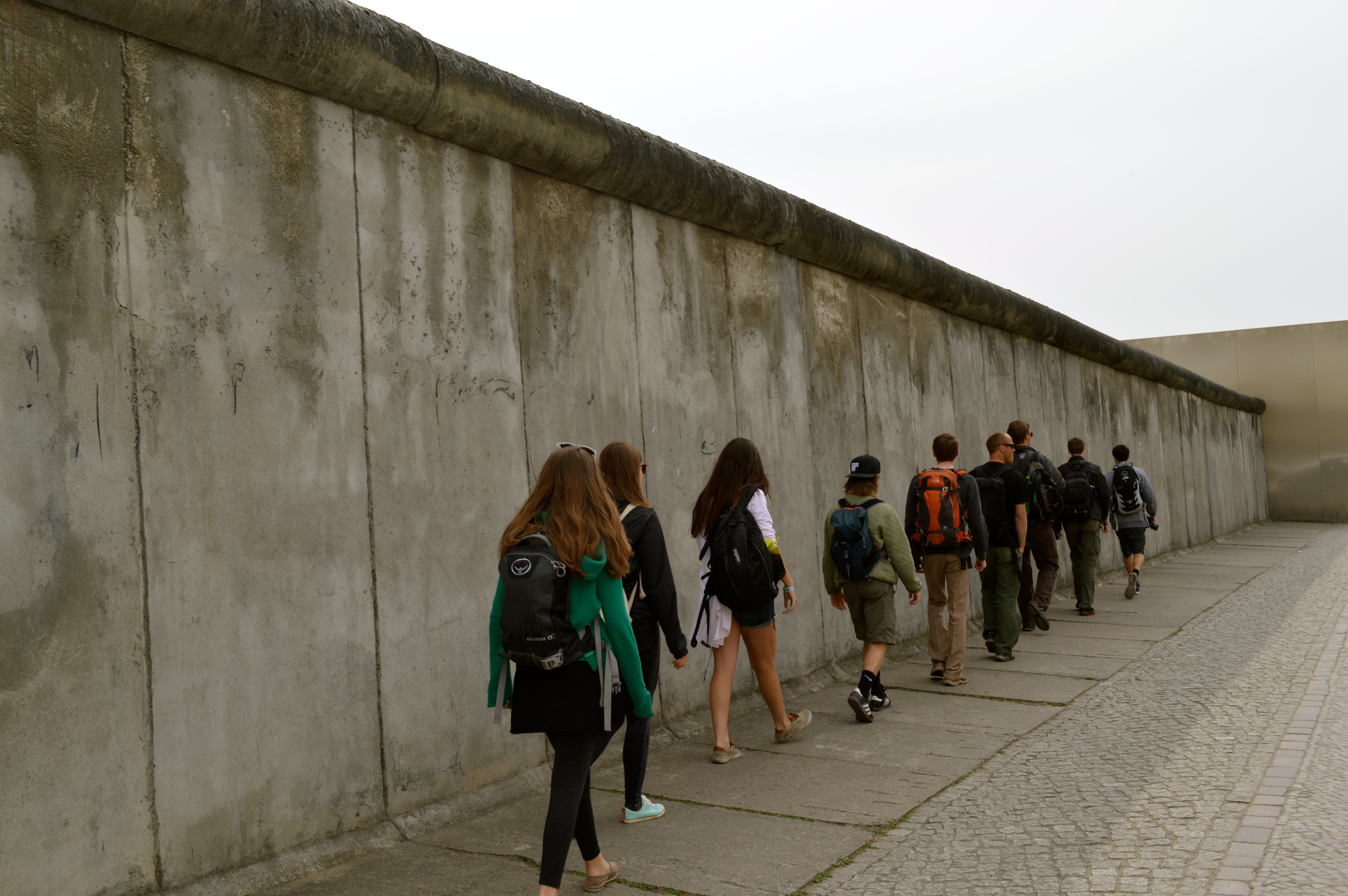
09 May Spring Sunday: The Imprint of Travel
I walk into the museum below the Memorial to the Murdered Jews of Europe in Berlin with eight 11th and 12th grade Telluride Mountain School students and art teacher Craig Wasserman. We stop short to read a quote printed clearly and simply on the museum wall. It reads, “It happened, therefore it can happen again; this is the core of what we have to say.”
It is only the second day of our spring experiential education trip to explore the history, art and culture of Berlin, Krakow and Prague and already it is apparent this trip will affect each of us more significantly than we could have ever imagined.
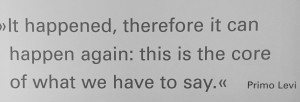
We are here to look modern world history square in the face and examine the experiences of the people and choices made over the span of the 20th century. Back at the Mountain School, students studied this period in art and history through looking at universal themes such as identity, membership and society, obedience and conformity, and rescuers. Everywhere we go, these themes echo through our consciousness.
They resonate as we walk through the towering grey blocks of the Memorial to the Murdered Jews of Europe, along the former Berlin Wall, through the barracks of Auschwitz and Birkenau, along the tomb-shaped wall of the former Jewish Ghetto in Krakow, through the halls of the Schindler World War II Museum and across Old Town Square in Prague.
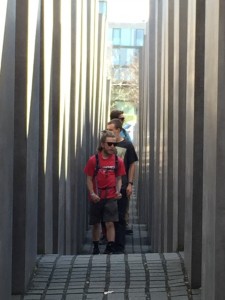
While visiting these sites, students experience this history; it becomes about people, not events. Holocaust victims are no longer 11 million people, but are doctors, mothers, children, artists, writers, Poles, and Czechs — people with homes, jobs, families and stories.
Our knowledge of Käthe Kollwitz moves beyond her famous sculpture, Pietà, housed in the Monument to War and Tyranny in Berlin. In addition, she becomes a mother who lost her son and grandson in two world wars and who watched her neighbors and countrymen suffer. Through viewing her prints and sculptures, we feel her pain and better understand her experience.
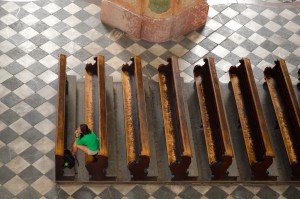
For us, the famous artist Alphonse Mucha, who created the masterful stained glass window in the St. Vitus Cathedral in Prague, also becomes a proud and humble Czech striving to use his art to celebrate his people and tie their history and struggles to that of all of Europe.
We visit the East End Gallery in Berlin and the John Lennon Wall in Prague. Students are inspired at these sites learning that students played a major role in defying injustice rule. While standing at the very signs of oppression, our students see how the people have transformed these into symbols of defiance and freedom.
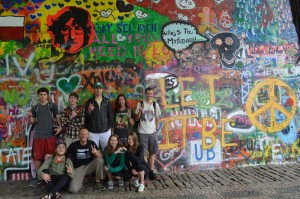
Intertwined with this intense history, we ride beach cruisers through Berlin, Krakow and Prague, play hacky sack in front of the Reichstag, hike among sandstone pillars in the Czech countryside, wake early for morning runs, eat traditional Slavic food, play soccer in local parks and sketch the impossible architecture in front of us.
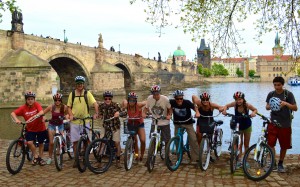
It is on our last day in Prague that we visit the Prague National Gallery home to the largest collection of art in the Czech Republic. The collection features works from Picasso, Matisse, Monet, Van Gogh, Kokoschka, Klimt and Schiele. In the exhibit, we stumble across another poignant quote from Austrian artist, Oskar Kokoschka. It reads, “I paint the mental impression that remains when the image itself has passed.”
I scribble the quote down knowing, like Kokoschka’s paintings, this experience will leave these high school students with a mental impression that will last long after the images of this trip have passed.
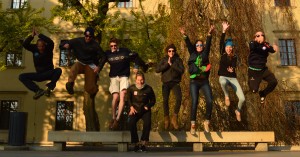


Sorry, the comment form is closed at this time.